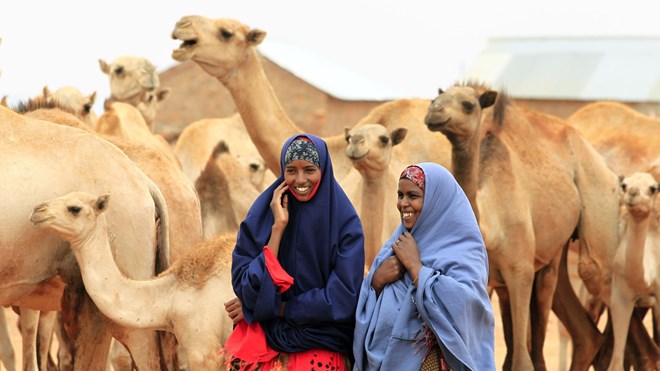
Wednesday June 12, 2019
By Abdi Latif Dahir

Supplying from camel to cup./REUTERS/THOMAS MUKOYA
For the first time ever, residents of Glasgow were in late May treated to a cuppa with a twist: cappuccinos made from camel milk. The Willow Tea Rooms in the Scottish city introduced the new coffee drink as part of a project to support Kenyan female milk traders who are battling climate change in Wajir county located in the nation’s northeast.
With more than 12.2 million heads of camel, East Africa is home to some of the world’s largest camel populations. Rich in iron, vitamin B and C, and low in fat, the frothy milk produced by the hunched mammal is valued in the region and across the world for its medicinal value—particularly against diabetes and allergies—and is even used as an aphrodisiac. It’s also prized as a source of nutrition especially in hot and arid zones where climate change is exacerbating drought conditions and decimating food chains.














